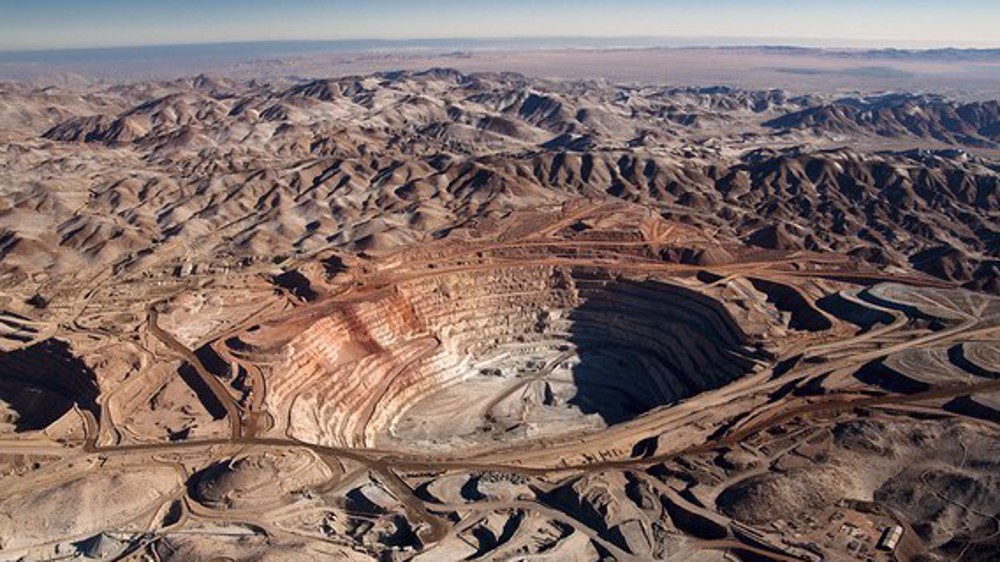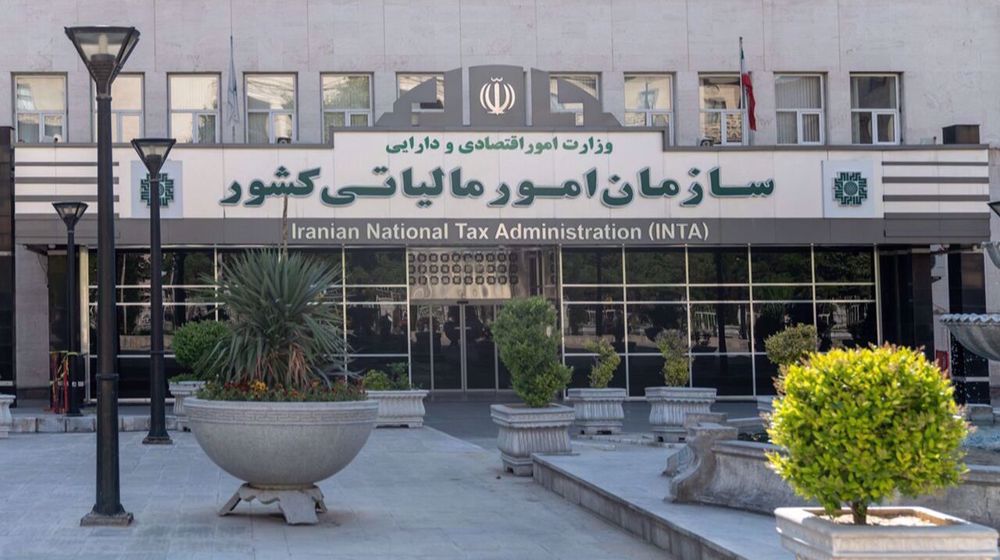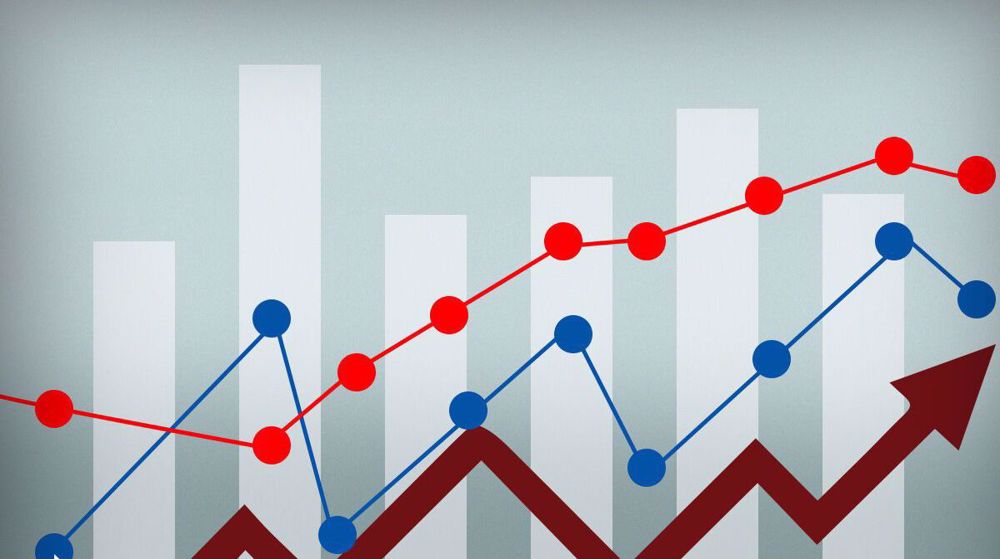Role of Iran’s mineral reserves in evolving energy game
Iran ranks fifth in the world with about $27.5 trillion in natural resources, including oil, gas and minerals, according to head of the Geological Survey and Mineral Explorations of Iran Dariush Esmaeili.
Mineral resources account for about 5% of this total valued at $1.4 trillion if they are extracted and processed at a recovery rate of 50%, which is significant.
Throughout Iran’s long history, minerals and the extraction of natural elements such as copper, iron, zinc, turquoise, and silver have played a pivotal role in the lives and civilization of Iranians.
However, the discovery of oil in Iran at the beginning of the 20th century gradually turned its hydrocarbon reserves into the primary source of earnings and relegated the mineral resources to a status of secondary importance.
The mining sector currently accounts for around 2.5% of Iran's GDP and contributes to 1% of the country's employment. This is while Iran is among the world’s top ten mineral-rich countries with about 15,000 mining areas.
It has the sixth largest zinc, seventh largest copper, ninth largest iron ore and fifth largest gypsum and barite reserves of the world. It also possesses 3% of the world’s total lead and zinc reserves in addition to sizable manganese and coal deposits.
These figures, however, are based on surface and shallow mining operations, since Iran has not initiated yet any prospecting and extraction in deep underground mining, one of the main advantages of which is its lower environmental footprint compared to shallow mining.
Unlocking the potential of mining, the extractives sector is emerging as a crucial solution for energy transition from traditional, non-renewable energy sources such as coal, oil, and natural gas where lithium-ion batteries are introduced essential to electrical devices from phones to electric cars.
The transition to electric vehicles (EVs), and advancements in portable electronic devices driven by rising demand for energy storage solutions has led to a significant growth in the lithium-ion battery market and consequently the importance of certain minerals such as lithium, cobalt, nickel, graphite, manganese, rare earths, copper, and aluminum.
Given their concentration in a limited number of countries, these minerals have found a strategic role in the global supply chain. As a result, new extraction projects are expected to intensify, driven partly by mineral nationalism due to concerns over the security of supply.
The global EV revolution is currently being threatened by geopolitical tensions between the US and China amid an undercurrent of cutthroat rivalry to access and control the supply chain.
Around half of the world's cobalt reserves are found in the Democratic Republic of the Congo (DRC), together with copper deposits. While China has been an early dominant investor, the US is upping the stakes and seeking to throw the competition wide open.
The main city of Goma in the eastern DR Congo is currently a battleground between government forces and Tutsi-led M23 rebels supported by Rwandan troops which have entered the country and made advances through the region.
The M23 and more than 100 armed groups are vying for control in Congo’s mineral-rich east, which holds vast deposits critical to much of the world’s technology such as copper and coltan used in mobile phones as well as diamonds and gold. They are backed by around 4,000 troops from neighboring Rwanda.
On Friday, the UN accused both sides of the Congo civil war of mass executions and rapes, as the rebels move deeper into the east.
Meanwhile, South America accounts for 49% of the world's lithium resources, with Bolivia leading as the number one in the world for lithium deposits, followed by Argentina and Chile as the so-called "Lithium Triangle" where the rush for "white gold" is very much underway.
Although Iran does not play a direct role in the global supply chain of minerals needed to produce electric vehicle batteries, it has countless opportunities to play a key role in this global game, given its other mineral resources such as nickel and copper.
Meanwhile, Iran’s geopolitical position as a bridge between Asia and Europe allows it to act as a strategic transportation route in the supply chain of these minerals.
With a sound analysis of ongoing strategic games, Iran’s policymakers should identify optimal paths and exploit these opportunities in the best interests of the nation.
Israel's new settlement expansion plan triggers global condemnation
UN condemns Israeli raid on UNRWA headquarters in al-Quds
VIDEO | Israel reeling under al-Aqsa Flood
Wife of martyred Palestinian doctor urges pressure on Israel to return his body
IranAir brings three grounded jets back to fleet
Medical conditions in Gaza remain 'as hard as ever' despite truce: MSF chief
Israel holding 32 Gaza detainees past their sentences: Advocacy group
VIDEO | Americans push for second phase, Zionists dragging feets










 This makes it easy to access the Press TV website
This makes it easy to access the Press TV website